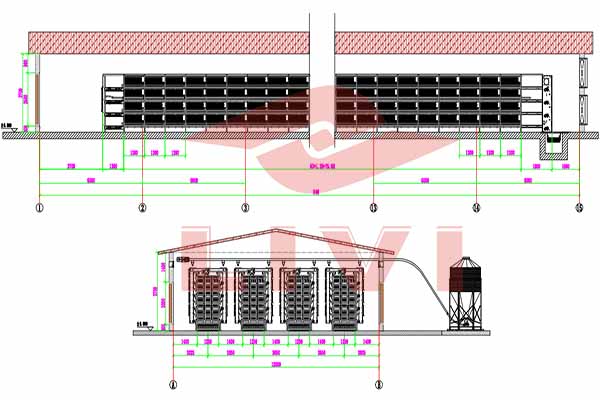The Role of 50,000 Poultry Birds in Uganda’s Commercial Poultry System
1. Introduction to Commercial Poultry Systems in Uganda
Uganda’s poultry industry has been experiencing significant growth, with a particular focus on commercial poultry systems. These systems play a crucial role in meeting the increasing demand for poultry products within the country and abroad. One of the notable aspects of this growth is the presence of 50,000 poultry birds in these systems.
2. Importance of 50,000 Poultry Birds in Uganda’s Commercial Poultry Industry
– Economic Contribution: The presence of 50,000 poultry birds contributes to the country’s economic growth by generating jobs and income for farmers and processors.
– Food Security: These birds help in ensuring food security by providing a consistent supply of poultry meat and eggs.
– Market Demand: The large number of birds satisfies the growing market demand for poultry products, both locally and internationally.
3. Challenges and Solutions in Managing 50,000 Poultry Birds
– Challenges:
– Disease Control: Managing a large number of birds increases the risk of disease outbreaks.
– Resource Allocation: Allocating resources efficiently to maintain the health and productivity of the birds can be challenging.
– Solutions:
– Preventive Measures: Implementing rigorous biosecurity measures can minimize the risk of disease outbreaks.
– Technology and Automation: Investing in modern technology and automation can optimize resource allocation and improve efficiency.
4. Key Factors for Success in a 50,000-Bird Commercial Poultry System
– Health Management: Regular health checks and vaccinations for the birds.
– Sustainable Feeding Practices: Using high-quality feed and implementing proper feeding techniques.
– Environmental Control: Maintaining optimal temperatures and humidity levels.
5. Conclusion
The presence of 50,000 poultry birds in Uganda’s commercial poultry systems is a testament to the industry’s growth and potential. By addressing challenges and implementing effective management strategies, the industry can continue to contribute positively to the country’s economy and food security.





